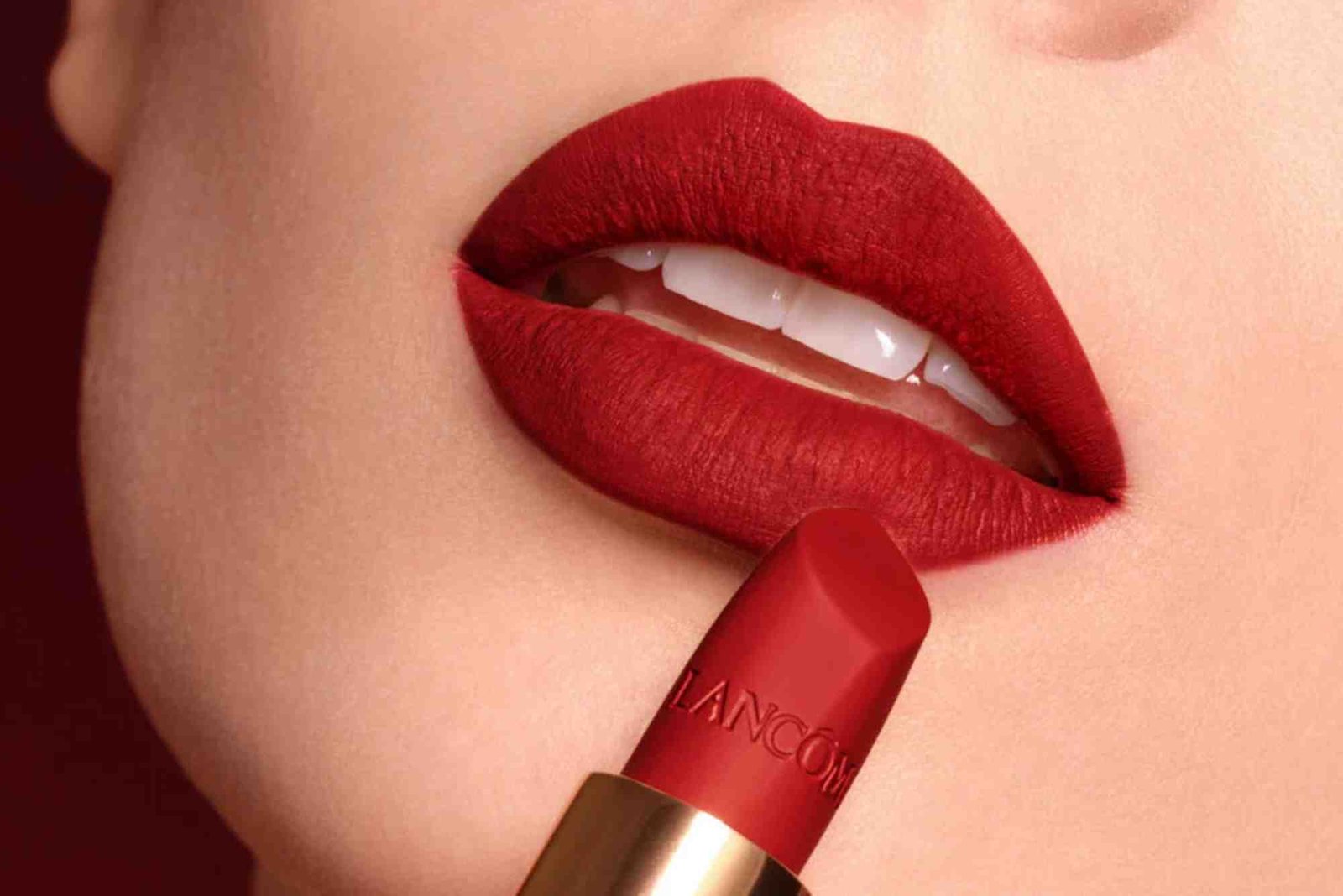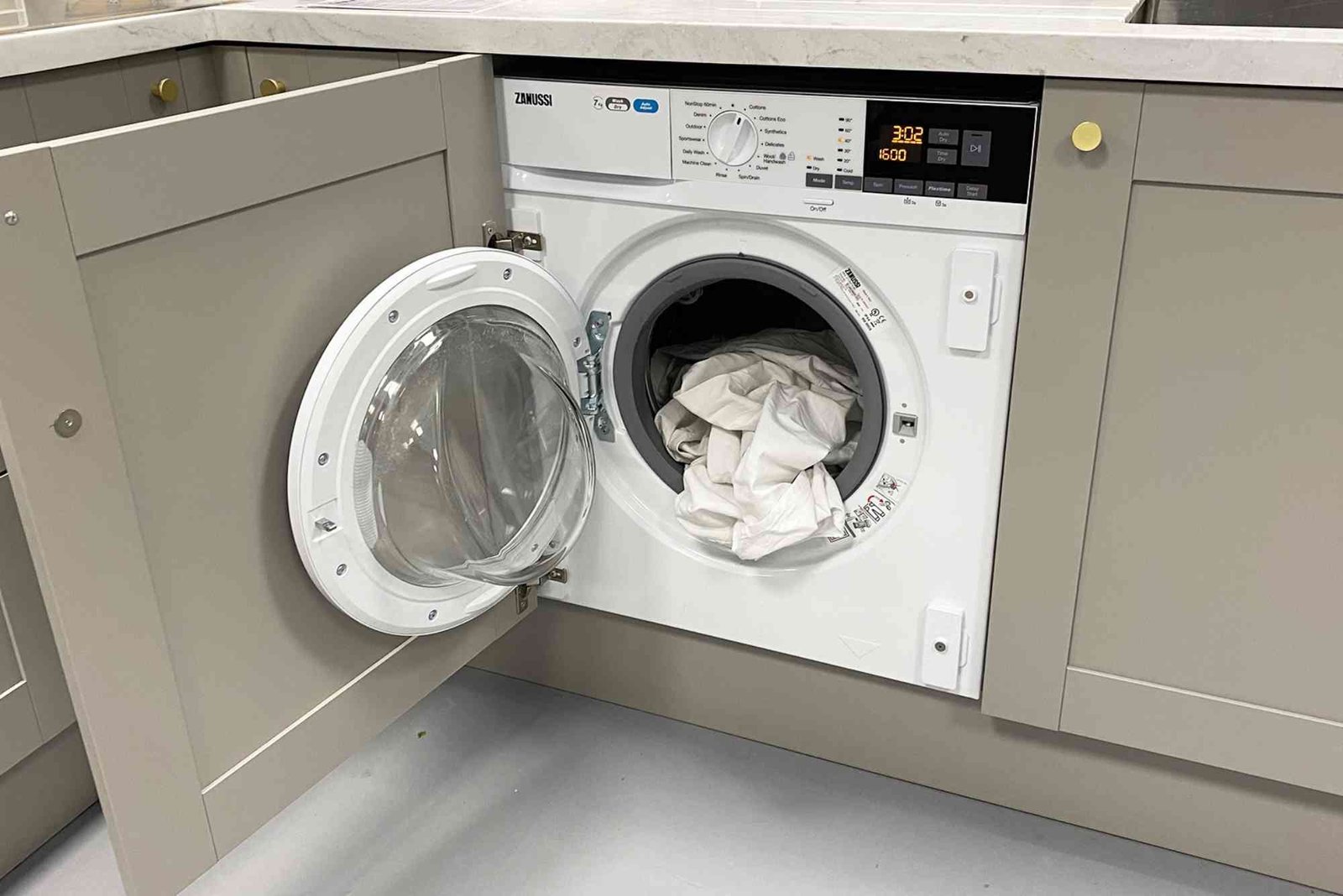Introduction
Creating your own maroon color lipstick isn’t just fun—it’s empowering. You can control the shade, texture, and finish, all while saving money. Whether you love a deep, bold maroon or a subtle tint for everyday wear, making lipstick at home is easier than it seems. In this guide, we’ll explore practical tips to make maroon color lipstick, using natural ingredients and beauty-safe pigments for a perfect DIY result.
Why Make Your Own Maroon Lipstick
Making your own maroon lipstick gives you full creative freedom. Store-bought lipsticks often contain chemicals, artificial dyes, or fragrances that can dry out your lips. By crafting your own shade, you can choose moisturizing bases and natural colorants that suit your skin tone. Plus, it’s an enjoyable and sustainable beauty project that reduces plastic waste.
Homemade lipstick also lets you experiment with undertones—some maroons lean toward berry, while others have hints of brown or red. Learning to balance these hues will help you make your signature color.
Understanding the Maroon Color
Maroon is a luxurious blend of red and brown with purple undertones. It’s versatile and flatters nearly every skin tone. The key to achieving the perfect maroon lies in mixing pigments precisely.
If you’re mixing from scratch, start with a red base, then gradually add a touch of blue or brown until you reach the deep, rich maroon you want. Testing the color on your skin before it cools ensures you can make small adjustments easily.
Ingredients You’ll Need
Before you begin, gather a few simple ingredients. These are often found in most DIY lip product recipes:
- Beeswax or candelilla wax (for a vegan option) – provides structure.
- Shea butter or cocoa butter – adds smoothness and hydration.
- Coconut oil or castor oil – gives shine and glide.
- Pigments – natural mica powders or crushed cosmetic-grade eyeshadows in red, brown, and purple tones.
- Vitamin E oil – acts as a preservative and moisturizer.
These ingredients not only create the maroon shade but also nourish your lips.
How To Make Maroon Color Lipstick
Melt the Base
Combine one teaspoon each of beeswax, shea butter, and coconut oil in a double boiler. Stir gently until the mixture melts completely. Keep the heat low to avoid burning.
Add Color Pigments
Once melted, remove from heat and add your pigments. Start with a red pigment, then mix in a small amount of brown. To deepen the tone, add a drop of blue or purple pigment. Blend well until smooth and uniform.
If you want a metallic sheen, sprinkle in a bit of mica powder. Continue stirring until the color looks even.
Adjust the Shade
Test a drop of the mixture on a white paper towel or the back of your hand. If it’s too red, add more brown. If it’s too brown, add more red or a hint of purple. This stage is where you can play around to find your ideal maroon.
Add Nourishing Oils
Add 2–3 drops of vitamin E oil for extra lip care. You can also add a drop of essential oil (like peppermint or vanilla) for a light scent. Stir again to combine.
Pour and Set
Pour the liquid into a small lipstick mold or a clean container. Allow it to cool completely at room temperature or in the refrigerator. Once solid, your homemade maroon lipstick is ready to use.
If you want a detailed guide on DIY lip care, check out this Related Beauty & Fashion article that complements your lipstick-making journey.
Tips for the Perfect Maroon Shade
- Always test your color in natural light before it sets.
- Use a clean spatula or spoon when mixing to prevent contamination.
- If you prefer a glossy finish, increase the ratio of coconut oil slightly.
- For a matte look, add a small amount of cosmetic clay or cornstarch.
- Store your lipstick in a cool, dry place to maintain its texture.
Consistency is key. Small ingredient adjustments can dramatically change the outcome, so measure carefully.
Customizing Your Maroon Lipstick
Your maroon lipstick doesn’t have to be one-size-fits-all. You can customize it for different looks and occasions.
If you want a lighter maroon, mix in a little pink pigment. For a darker, vampy tone, add more brown or purple. You can even create a tinted balm version by reducing the wax ratio, making it easier for everyday wear.
Experiment with shimmer or matte textures depending on your preference. The joy of DIY beauty lies in personalization—you can craft multiple versions for different moods or seasons.
Storing and Preserving Your Lipstick
Homemade lipstick doesn’t contain synthetic preservatives, so it’s best to store it properly. Keep it away from direct sunlight and high temperatures. If stored in a clean, airtight container, your maroon lipstick can last up to six months.
Adding a few drops of vitamin E or rosemary essential oil helps extend its shelf life naturally. Always check the scent or texture before reusing after long storage.
Benefits of Homemade Maroon Lipstick
Creating lipstick at home ensures purity and safety. You avoid harsh chemicals, parabens, and artificial dyes commonly found in commercial brands.
Homemade maroon lipstick is:
- Natural and non-toxic
- Moisturizing for dry lips
- Budget-friendly compared to luxury brands
- Customizable to your preferred finish and undertone
Moreover, it supports sustainable beauty practices—something every eco-conscious individual can appreciate.
Common Mistakes to Avoid
When learning how to make maroon color lipstick, beginners sometimes struggle with color balance or consistency. Avoid these pitfalls:
- Overheating the base, which can ruin the wax texture.
- Adding too much pigment, making the lipstick chalky.
- Skipping oil, which makes it hard and less blendable.
- Not testing color before cooling, leading to unexpected shades.
Patience and precision are your best tools. Once you get the hang of it, you’ll be making perfect maroon lipsticks effortlessly.
The Art of Shade Matching
Finding the right maroon for your skin tone can elevate your entire look.
- Fair skin tones: Opt for maroon with pink or berry undertones.
- Medium skin tones: Choose a balanced maroon with red and brown hues.
- Deep skin tones: Go bold with darker maroons that have plum or wine undertones.
You can adjust pigment ratios easily when making your own lipstick, ensuring every shade complements your complexion beautifully.
For more creative beauty inspiration, visit How To Make Maroon Color Lipstick and explore DIY beauty ideas that fit your style.
FAQs
Q1: How do I make maroon lipstick naturally at home?
You can make maroon lipstick by mixing beeswax, shea butter, coconut oil, and pigments like red, brown, and purple mica powders.
Q2: What colors make maroon lipstick?
Maroon is created by blending red with brown and a small amount of blue or purple to deepen the tone.
Q3: How long does homemade lipstick last?
With proper storage in a cool place, homemade lipstick can last up to six months. Adding vitamin E oil helps preserve it.
Q4: Can I make maroon lipstick without beeswax?
Yes, you can substitute beeswax with candelilla wax or carnauba wax if you prefer a vegan option.
Q5: How can I make my homemade lipstick glossy?
To make your lipstick glossy, increase the amount of coconut oil or add a small drop of castor oil for extra shine.
Making your own maroon color lipstick is an art that blends creativity, care, and personal expression. With the right ingredients and simple techniques, you can craft a rich, smooth, and beautiful lipstick at home that rivals any store-bought version.
So, grab your tools, experiment with shades, and discover your perfect maroon match today. If you want to explore more beauty and fashion guides, Learn more and keep enhancing your DIY skills.




